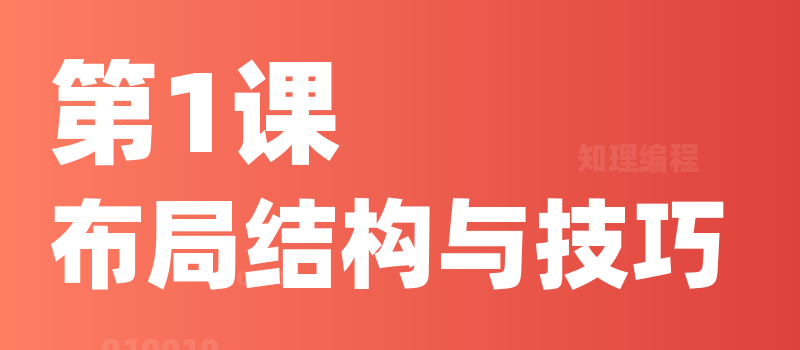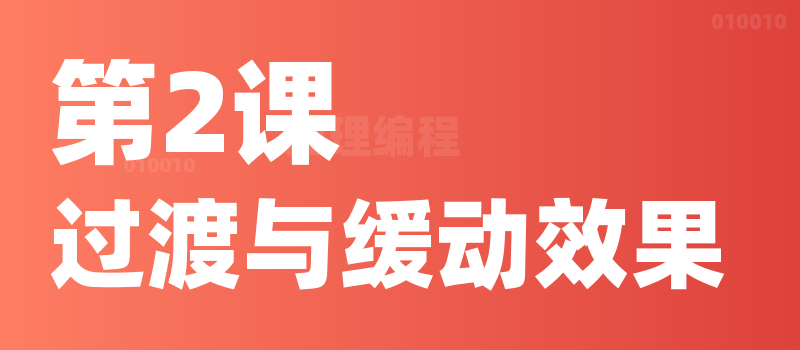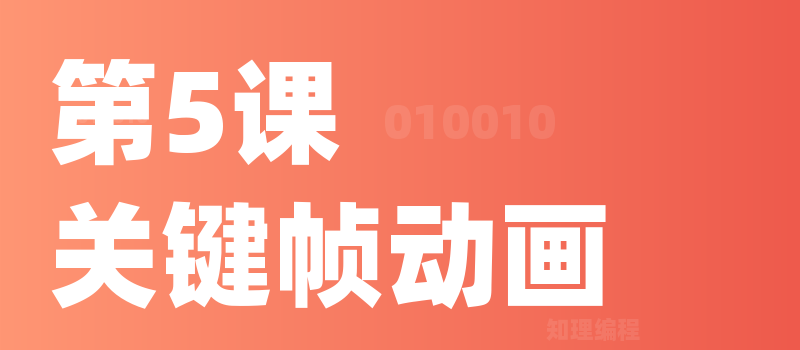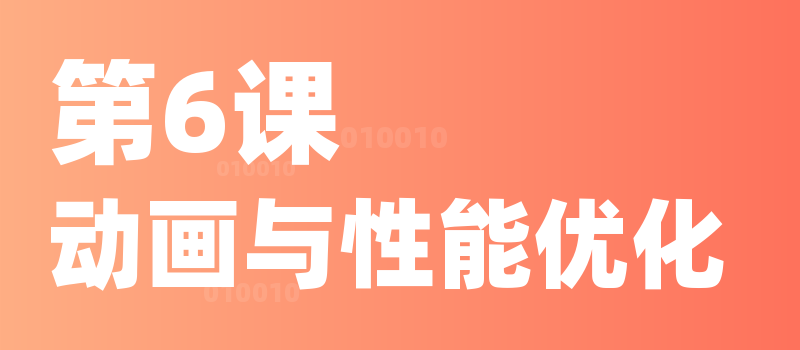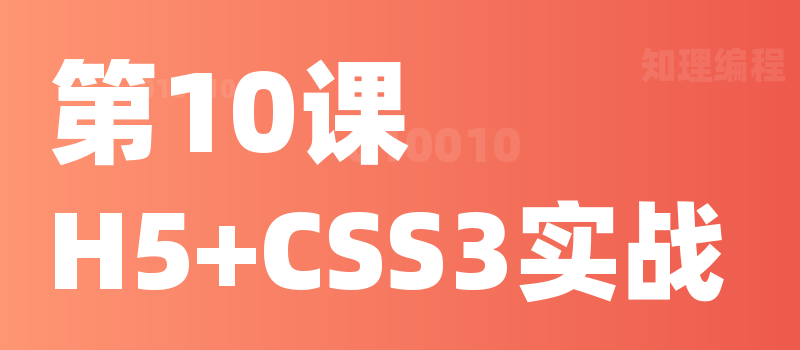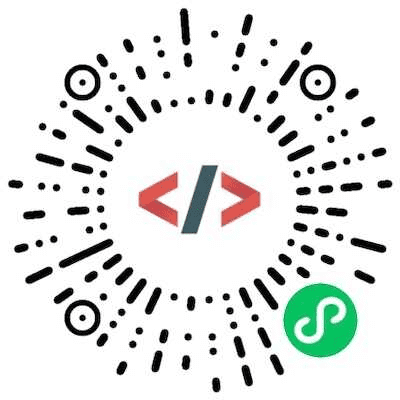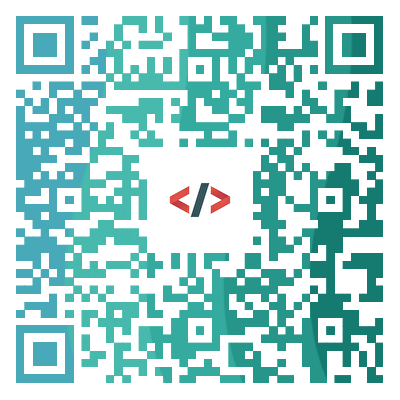第1课_布局结构与技巧
热度🔥:51 免费课程
授课语音
掌握不同布局结构与技巧
在现代网页开发中,不同的布局结构能够提升页面的表现力和用户体验。掌握多种布局技巧是前端开发者的核心技能之一。以下将介绍常见的布局结构和技巧,并通过代码案例展示实现方式,帮助大家深入理解布局的本质。
1. 多列布局
多列布局是网页中最常见的结构之一,通常用于博客、新闻网站等内容展示。
技巧1:float 实现多列布局
.container {
width: 100%;
}
.column {
float: left;
width: 33.33%; /* 每列宽度为父元素的三分之一 */
box-sizing: border-box; /* 包含内边距和边框 */
padding: 10px;
background-color: lightblue;
}
中文注释:
- 使用
float: left将每列浮动至左侧,实现三列布局。 box-sizing: border-box确保内边距和边框不会影响列宽。
技巧2:flexbox 实现多列布局
.container {
display: flex;
gap: 10px; /* 列之间的间距 */
}
.column {
flex: 1; /* 每列宽度相等 */
padding: 10px;
background-color: lightgreen;
}
中文注释:
- 使用
display: flex创建弹性容器。 flex: 1确保每列等宽。
2. 圣杯布局与双飞翼布局
圣杯布局和双飞翼布局是经典的三栏布局模式,适用于需要左右侧边栏和中间内容的页面。
技巧1:圣杯布局
.container {
display: flex;
}
.left,
.right {
flex: 0 0 200px; /* 固定宽度 */
background-color: lightcoral;
}
.middle {
flex: 1; /* 占据剩余空间 */
background-color: lightyellow;
}
中文注释:
- 使用
flexbox布局,通过flex: 1让中间部分占据剩余空间。
技巧2:双飞翼布局
<div class="container">
<div class="middle">中间内容</div>
<div class="left">左侧边栏</div>
<div class="right">右侧边栏</div>
</div>
.container {
display: flex;
}
.middle {
flex: 1;
background-color: lightyellow;
}
.left,
.right {
width: 200px;
background-color: lightcoral;
}
中文注释:
- 结构类似圣杯布局,但中间内容部分独立,不依赖左右栏的宽度。
3. 响应式布局技巧
响应式布局是现代网页开发的重要趋势,能够适配不同设备尺寸。
技巧1:媒体查询
.container {
display: flex;
flex-wrap: wrap; /* 自动换行 */
}
.item {
flex: 1 1 30%; /* 宽度为父元素的 30% */
margin: 10px;
background-color: lightpink;
}
@media (max-width: 768px) {
.item {
flex: 1 1 100%; /* 小屏幕时每列独占一行 */
}
}
中文注释:
- 使用
@media定义断点,确保在小屏幕下调整布局。 flex-wrap: wrap使子元素自动换行。
技巧2:流式布局
.container {
display: flex;
}
.item {
width: calc(33.33% - 20px); /* 每列宽度减去间距 */
margin: 10px;
background-color: lightgray;
}
中文注释:
- 使用
calc计算宽度,确保列宽自适应。
4. 固定布局与自适应布局
固定布局通常用于需要保持元素位置的页面,而自适应布局更灵活,适合多设备场景。
技巧1:固定头部与底部布局
body {
margin: 0;
}
.header,
.footer {
position: fixed;
width: 100%;
background-color: darkslategray;
color: white;
text-align: center;
}
.header {
top: 0;
}
.footer {
bottom: 0;
}
.main {
margin-top: 50px; /* 确保内容不被头部遮挡 */
margin-bottom: 50px; /* 确保内容不被底部遮挡 */
}
中文注释:
- 使用
position: fixed将头部和底部固定,确保内容区域可滚动。
技巧2:自适应内容布局
.container {
display: grid;
grid-template-columns: repeat(auto-fit, minmax(200px, 1fr)); /* 自动适配列数 */
gap: 20px;
}
.item {
background-color: lightsteelblue;
}
中文注释:
- 使用
grid-template-columns定义列宽度范围,实现内容自适应排列。
5. 重叠布局技巧
重叠布局常用于实现复杂的视觉效果,如背景叠加、悬浮菜单等。
技巧1:层叠布局
.container {
position: relative;
height: 200px;
background-color: lightgray;
}
.item1 {
position: absolute;
top: 20px;
left: 20px;
background-color: lightcoral;
}
.item2 {
position: absolute;
top: 50px;
left: 50px;
background-color: lightblue;
}
中文注释:
- 使用
position: absolute实现元素的自由叠加。
技巧2:背景与内容重叠
.container {
position: relative;
height: 300px;
background: url('background.jpg') no-repeat center/cover; /* 背景图片 */
}
.text {
position: absolute;
bottom: 20px;
left: 20px;
color: white;
background-color: rgba(0, 0, 0, 0.5); /* 半透明背景 */
padding: 10px;
}
中文注释:
- 背景使用
url设置图片,并通过rgba增加半透明遮罩效果。
总结
本次课件通过多种布局结构和技巧,包括多列布局、圣杯与双飞翼布局、响应式布局、固定与自适应布局,以及重叠布局等,全面展示了 CSS3 布局的灵活性和强大功能。希望大家通过代码实践,能够在实际开发中自由运用这些技巧,解决复杂的布局问题,设计出用户体验更好的网页布局。
